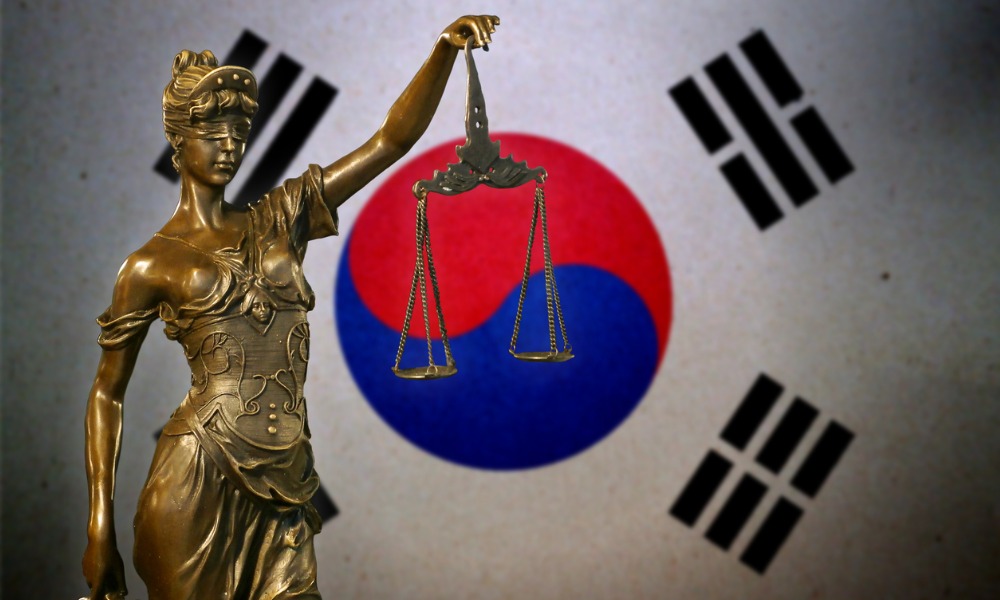A recent High Court judgment in New Zealand has provided a timely reminder of the importance in a group corporate structure of ensuring that subsidiary companies have a separate commercial existence to match their separate legal existence.
Unless this functional separation is maintained, the parent company may become liable for a subsidiary’s debts, as was the Court’s finding in Lewis Holdings Ltd v Steel & Tube Holdings Ltd [2014] NZHC 3311.
The decision was useful because the behaviours highlighted in the case occur often within group structures when convenience is allowed to trump procedural correctness.
Lewis Holdings leased a property to Stube Industries Ltd (Stube), a wholly owned subsidiary of Steel and Tube Holdings (STH). Stube had no employees. The STH CEO and CFO were directors.
The lease was renewed in 2009 for a further 21-year term, although the renewal may have been due to a misunderstanding on STH’s part. Certainly, the evidence before the Court was that Stube subsequently made “significant but unsuccessful efforts” to extricate itself from the arrangement.
STH had always paid the rent and continued to do so until the STH Board put Stube into liquidation in 2013, at which stage STH disclaimed the lease as onerous property. Lewis Holdings and the liquidators filed a claim against STH.
The legal position
Section 271 of the Companies Act is, other than a similar provision in Ireland, unique to New Zealand and was introduced in the 1970s after two high profile cases of companies abandoning their subsidiaries.It creates an exception to the general principle that a company is a legal entity in its own right and that its shareholders are only liable for the company’s debts to the extent of their shareholding. In the familiar language of corporate law, it allows the ‘piercing of the veil’ of the limited liability company.
It does this by allowing the Court to make orders for the parent company of a company in liquidation to satisfy the debts of the subsidiary. A key criterion which the Court must have regard to in deciding whether to make such an order, is the extent to which the parent took part in the day to day management of the subsidiary.
To avoid mischief the golden rule of separate corporate identity must be subject to limits. There is nothing within section 271 to prevent services from being undertaken centrally, group staff from managing subsidiaries or senior officers of the parent company from acting as directors of the subsidiary.
Indeed, the Court accepted that this is “common practice” within corporate groups. The Court’s role was to look beneath the formal structure and to identify some conduct or other circumstance falling within the statutory guidelines that disentitled the parent from relying on the separate legal existence of its subsidiary.
Key findings
A potential roadblock for Lewis Holdings was section 131(2) of the Companies Act, which allows a director of a wholly-owned subsidiary to act in the best interests of the parent company even where this may not be in the best interests of the subsidiary – provided, as was the case here, that this is “expressly permitted” in the subsidiary’s constitution. This is a widely-invoked rule for wholly-owned subsidiaries.It does not neutralise the effect of section 271. But, while it allows the directors of a subsidiary consciously to prefer the interests of the parent, it does not entitle them to conflate the affairs of the parent and the subsidiary. And the Court found that the STH employees who acted as directors of Stube had not met this standard.
They had not made a distinction between the interests of Stube and the interests of STH and had not structured their decision-making to that end. Instead, they had applied themselves only to the overall interests of the group.
Other factors that influenced the Court were:
- the failure to hold formal board meetings for Stube, as this would have required the directors to sit down and discuss matters “with a conscious appreciation that they were doing so with their Stube directors’ hats on”
- the failure to keep records of, or to charge for the provision of, intra-group services
- the use of STH letterhead to undertake actions in relation to Stube without the employee concerned specifying that he or she was acting for Stube rather than for STH
- the fact that Stube had no separate bank account and that all receipts and payments were accounted for as STH transactions, and
- Stube’s reliance on STH’s in-house counsel for legal advice.

Josh Blackmore is a partner at Chapman Tripp, specialising in mergers and acquisitions, corporate and securities law.







